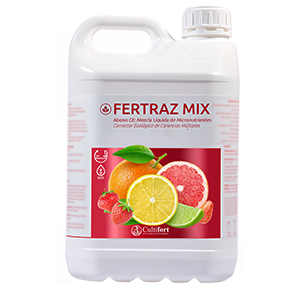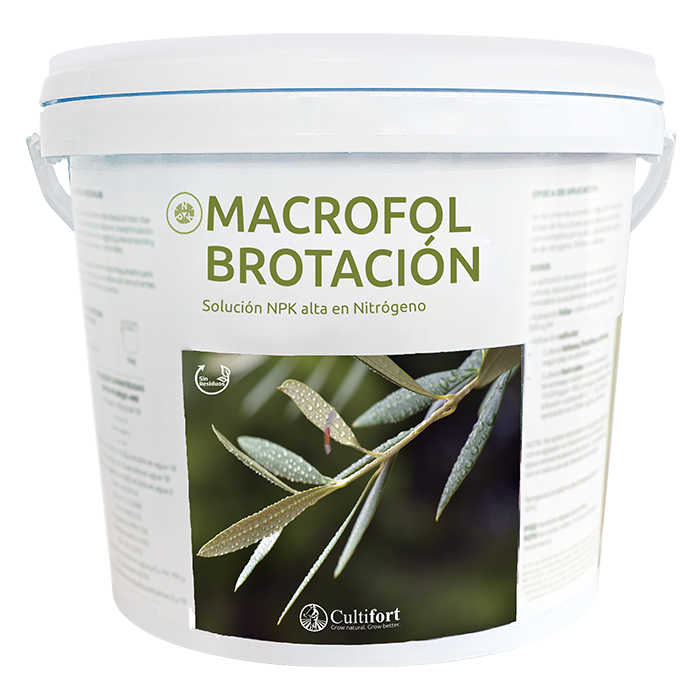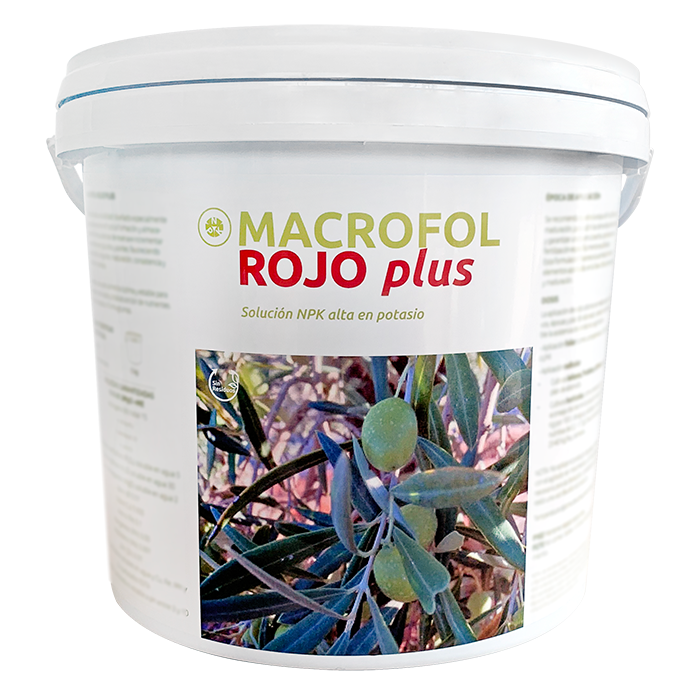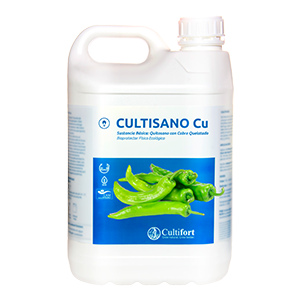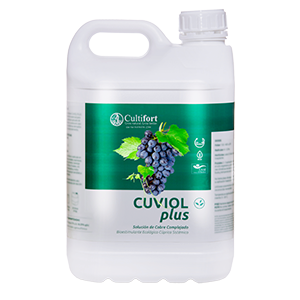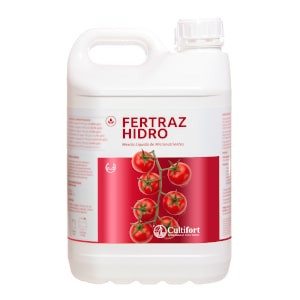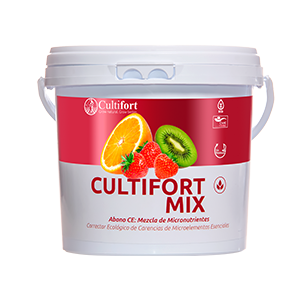Cu
Copper (Cu)
Copper
Copper is one of the oxygen vehicles in the plant, acting similar to iron in oxidoreductive processes.
It is a structural element of plastocyanin, the chloroplast protein responsible for electronic transport between photosystem II and photosystem I in photosynthesis.
It is part of the cytochrome c oxidase enzyme, the respiratory enzyme responsible for catalyzing the transfer of electrons to oxygen in the mitochondrial ridges.
Copper is a component of the phenolase enzyme complex, which is involved in the oxidation of phenols.
Copper is also related to the biosynthesis of lignin since it creates some of its precursors.
ABSORPTION
The roots absorb copper as Cu+2 ion in aerated soils and as Cu+ cuprous ion in oxygen-poor or flooded soils.
Copper can also be absorbed by the plant via foliar.
The divalent state can create chelates both in the soil and in the nutrient solutions, so it must be monitored to avoid possible toxicity.
DEFICIENCIES
Copper is usually always available in the soil, so its deficiency does not occur frequently.
The first symptoms of copper deficiency appear in new leaves due to the immobility of this micronutrient. In the initial stage of this deficiency, the leaves begin to curl and mild chlorosis with necrotic spots in some cases. The reduction of lignification is also another symptom due to its role in the biosynthesis of lignin and the accumulation of phenols, as it is a cofactor of the enzyme phenolase.
If the deficiency develops, new leaves will be smaller, dull, and may wilt. Due to the necrosing of the apical meristems, the lateral branches may not develop.
An excess of phosphorus, potassium and other micronutrients can have an antagonistic effect on the absorption of copper by the plant.
CULTIFORT PRODUCTS FOR THE LACK OF COPPER



